

Articles
How To Store Avocado In Fridge
Modified: February 24, 2024
Learn the best ways to store avocado in the fridge to keep it fresh for longer. Our detailed articles provide step-by-step instructions and helpful tips.
(Many of the links in this article redirect to a specific reviewed product. Your purchase of these products through affiliate links helps to generate commission for Storables.com, at no extra cost. Learn more)
Introduction
Avocados are a popular and versatile fruit known for their creamy texture and rich flavor. Whether you enjoy them in salads, sandwiches, or as a topping for toast, avocados are a delicious addition to any meal. However, avocados have a short shelf life and can quickly become overripe if left at room temperature.
That is why storing avocados properly is essential to prolong their freshness and prevent them from spoiling. While there are different methods for storing avocados, one of the most effective ways is to keep them in the fridge. Refrigerating avocados can help slow down their ripening process and extend their shelf life. In this article, we will explore why it is important to store avocados in the fridge and how to do it properly.
Key Takeaways:
- Refrigerating avocados slows down ripening, extends shelf life, prevents overripening, and reduces spoilage. Follow guidelines for when to refrigerate and proper preparation for optimal results.
- Store whole avocados in the crisper drawer, use airtight containers for cut avocados, and follow additional tips to maximize freshness. Enjoy creamy, delicious avocados in various dishes by refrigerating them properly.
Read more: How To Store Cut Avocado In The Fridge
Why store avocados in the fridge?
Storing avocados in the fridge offers several benefits that help maintain their freshness and quality. Here are the main reasons why you should consider refrigerating your avocados:
- Slows down the ripening process: Avocados are notorious for ripening quickly, especially when exposed to warm temperatures. By placing them in the fridge, you can significantly slow down the ripening process. This is particularly useful if you have ripe avocados that you don’t plan to eat right away.
- Extends the shelf life: When kept at room temperature, avocados have a limited shelf life of a few days. Refrigeration can extend their freshness and keep them in prime condition for up to a week or more, depending on their ripeness when put in the fridge.
- Prevents overripening: If your avocados are perfectly ripe and you’re not ready to eat them yet, storing them in the fridge can prevent them from becoming overly soft or mushy. This way, you can enjoy them at their best when you’re ready to use them.
- Reduces spoilage: Avocados are susceptible to spoilage due to bacteria and fungi growth. By refrigerating them, you create a cooler environment that inhibits the growth of microorganisms, helping to keep your avocados fresh and safe to eat for a longer period.
Overall, refrigerating avocados is a fantastic way to maintain their quality, prolong their shelf life, and ensure that they are at the ideal ripeness when you’re ready to enjoy them.
When to refrigerate avocados
Knowing when to refrigerate your avocados is crucial to ensure they stay fresh and ripe for as long as possible. Here are a few guidelines to help you determine the perfect time to transfer your avocados to the fridge:
- Unripe avocados: If you have unripe avocados that are still firm, it is best to keep them at room temperature. Placing unripe avocados in the fridge can hinder the ripening process, and they may never fully ripen.
- Slightly ripe avocados: When avocados are slightly soft and yield to gentle pressure, they are deemed ready to eat. If you are not planning to eat them immediately, you can transfer them to the fridge to slow down further ripening and extend their shelf life.
- Ripe avocados: If your avocados are perfectly ripe and you don’t intend to eat them right away, it is best to refrigerate them. This prevents them from becoming overripe, mushy, or spoiling too quickly. Make sure to use them within a few days to enjoy them at their peak freshness.
- Cut avocados: Once you’ve cut into an avocado and only used a portion of it, you should refrigerate the leftover piece. The cold temperature helps slow down oxidation and preserves the freshness of the cut avocado. Remember to store it properly to prevent it from drying out or taking on any odors from other foods.
Remember that refrigerating avocados can pause the ripening process, so it’s important to plan your usage accordingly. If you want your avocados to ripen faster, simply take them out of the refrigerator and allow them to come to room temperature.
By following these guidelines, you can ensure that your avocados remain fresh and ready to eat whenever you need them.
Preparing avocados for refrigeration
Before refrigerating your avocados, it’s important to properly prepare them to ensure they stay fresh and in optimal condition. Here are some steps to follow when preparing avocados for refrigeration:
- Inspect the avocados: Before placing avocados in the fridge, carefully examine their condition. Check for any signs of bruising, mold, or overly soft spots. It’s best to refrigerate avocados that are in good condition to maximize their shelf life.
- Wash the avocados: Rinse the avocados with cool water to remove any surface dirt or contaminants. Gently rub the skin with your hands to ensure it is clean. Avoid using any soap or detergents as they can leave a residue on the skin.
- Dry the avocados: After washing, pat the avocados dry with a clean kitchen towel or paper towels. Moisture on the skin can promote the growth of mold or bacteria, so it’s important to dry them thoroughly.
- Leave the skin intact: It is best to refrigerate avocados with their skin intact. The skin acts as a protective barrier, helping to retain moisture and prevent the avocados from drying out too quickly.
- Avoid cutting the avocados: If you’re not planning to use the avocados immediately, it’s best to refrain from cutting them before refrigeration. Cut avocados tend to oxidize quickly and can spoil faster. It’s better to cut them just before using them.
By following these preparation steps, you can ensure that your avocados are clean, dry, and protected when you place them in the fridge. This will help maximize their freshness and quality.
Now that your avocados are ready, let’s move on to the different methods of storing whole avocados and cut avocados in the fridge.
To store an avocado in the fridge, place it in the crisper drawer to slow down the ripening process. If it’s already ripe, store it in the fridge to extend its shelf life.
Storing Whole Avocados in the Fridge
If you have whole avocados that you want to refrigerate, follow these steps to ensure they stay fresh:
- Select the right avocados: Choose avocados that are in good condition, without any signs of bruising or damage. Avoid avocados that are too soft or overly ripe, as they may not stay fresh for long in the fridge.
- Leave the skin intact: Keep the avocados whole by leaving the skin intact. The skin acts as a protective layer and helps maintain the freshness and moisture content of the fruit. Avoid peeling the skin before refrigeration.
- Place in a produce bag or wrap in paper towels: To prevent the avocados from drying out in the fridge, place them in a produce bag or wrap them loosely in paper towels. This helps retain moisture and prevents them from absorbing any odors from other foods in the fridge.
- Store in the crisper drawer: The crisper drawer in your fridge is designed to maintain optimal humidity levels, making it an ideal spot for storing avocados. Place the avocados in the crisper drawer and avoid overcrowding to allow for proper air circulation.
- Keep away from ethylene-producing foods: Avocados are sensitive to ethylene gas, which can accelerate their ripening process. To prevent premature ripening, keep avocados away from ethylene-producing fruits like apples, bananas, and tomatoes in the fridge.
By following these steps, you can keep your whole avocados fresh and ready to use whenever you need them. Remember to check on them regularly and use them within a reasonable time frame to enjoy their optimal flavor and texture.
Now, let’s move on to the next section to learn how to store cut avocados in the fridge.
Read more: How To Store An Avocado
Storing Cut Avocados in the Fridge
If you have cut avocados that you want to store for later use, follow these steps to keep them fresh:
- Prepare the cut avocado: If you have leftover avocado halves, brush the exposed flesh with a little bit of lemon or lime juice. This helps prevent browning due to oxidation.
- Choose an airtight container: Place the cut avocado halves in an airtight container. Make sure the container is the appropriate size to prevent excessive air exposure, which can lead to faster browning.
- Pack the avocados properly: If you have multiple cut avocados, stack them face-to-face with the flesh touching to minimize air contact. Alternatively, you can place a layer of plastic wrap directly on the exposed flesh before sealing the container.
- Label and date: It’s a good practice to label the container with the date to keep track of the avocado’s freshness. This way, you can easily identify how long they have been stored in the fridge.
- Place in the fridge: Store the sealed container of cut avocados in the refrigerator. The cold temperature will slow down the browning process and help preserve their freshness.
When properly stored, cut avocados can stay fresh for up to a couple of days in the fridge. However, keep in mind that their quality may gradually decline over time, so it’s best to use them as soon as possible.
Remember to check the avocados for any signs of spoilage before using them. If you notice any unusual discoloration, mold, or an off smell, discard the avocado to avoid the risk of foodborne illness.
By following these steps, you can store your cut avocados in the fridge and enjoy them later without worrying about them spoiling or losing their freshness.
Now, let’s move on to some additional tips for storing avocados in the fridge.
Tips for Storing Avocados in the Fridge
To maximize the shelf life and freshness of your avocados while they are stored in the fridge, here are some helpful tips to keep in mind:
- Don’t wash avocados before refrigerating: It’s best to wash avocados just before using them rather than before storing them in the fridge. Washing them prematurely can introduce moisture, leading to faster spoilage.
- Store avocados in their optimal ripeness: Refrigerate avocados when they reach the desired ripeness for your intended use. This way, you can enjoy them at their peak when you decide to eat them.
- Consider using avocado saver tools: Avocado saver tools, such as silicone covers or avocado huggers, can help minimize browning and keep the avocados fresh for longer. These tools create a tight seal around the cut avocado, reducing exposure to air.
- Avoid freezing whole avocados: While you can freeze mashed or pureed avocado, freezing whole avocados is not recommended. The texture and flavor of the avocado can be altered after thawing, resulting in a less desirable eating experience.
- Use clear containers or bags: Storing avocados in clear containers or clear plastic bags allows you to easily see their condition without having to open the container. This helps you monitor their freshness and decide when to use them.
- Store avocados away from strong odors: Avocados can easily absorb strong odors from other foods in the fridge. To prevent this, store them away from foods with strong aromas, such as onions or garlic, to avoid any unwanted flavors transferring to the avocados.
- Plan your usage and rotation: When placing avocados in the fridge, try to arrange them in a way that allows for a FIFO (First In, First Out) system. This means you should use the older avocados first and rotate the newer ones to ensure they are consumed in a timely manner.
By following these tips, you can prolong the shelf life and maintain the quality of your avocados while storing them in the fridge. Remember, the ultimate goal is to enjoy fresh and delicious avocados whenever you’re ready to indulge!
Now, let’s conclude the article with a summary of the key takeaways.
Conclusion
Properly storing avocados in the fridge is essential to extend their shelf life and maintain their quality. Refrigerating avocados can slow down the ripening process, prevent overripening, and reduce spoilage. By following the guidelines outlined in this article, you can ensure that your avocados stay fresh and ready to eat for longer periods.
When it comes to storing whole avocados, remember to choose avocados in good condition, keep the skin intact, and store them in a produce bag or wrapped in paper towels. The crisper drawer is an ideal spot to store whole avocados, as it provides optimal humidity levels.
If you have cut avocados, brush the exposed flesh with lemon or lime juice, place them in an airtight container, and store them in the fridge. Stack the avocados face-to-face or cover them with plastic wrap to minimize browning. Remember to use them within a couple of days to maintain their freshness.
Additionally, some tips to keep in mind include not washing avocados before refrigerating them, considering the use of avocado saver tools, and avoiding freezing whole avocados. Clear containers or bags allow you to easily monitor the condition of the avocados, and storing them away from strong odors helps maintain their natural flavors.
With these practices in mind, you can enjoy fresh and delicious avocados whenever you desire. So, make the most of your avocados by refrigerating them properly and savor their creamy goodness in a variety of dishes and recipes.
Remember, whether mashed on toast, sliced in salads, or blended into a creamy sauce, avocados are a versatile ingredient that adds a unique touch to any meal. So refrigerate those avocados and never miss a chance to enjoy their delectable flavor!
Frequently Asked Questions about How To Store Avocado In Fridge
Was this page helpful?
At Storables.com, we guarantee accurate and reliable information. Our content, validated by Expert Board Contributors, is crafted following stringent Editorial Policies. We're committed to providing you with well-researched, expert-backed insights for all your informational needs.
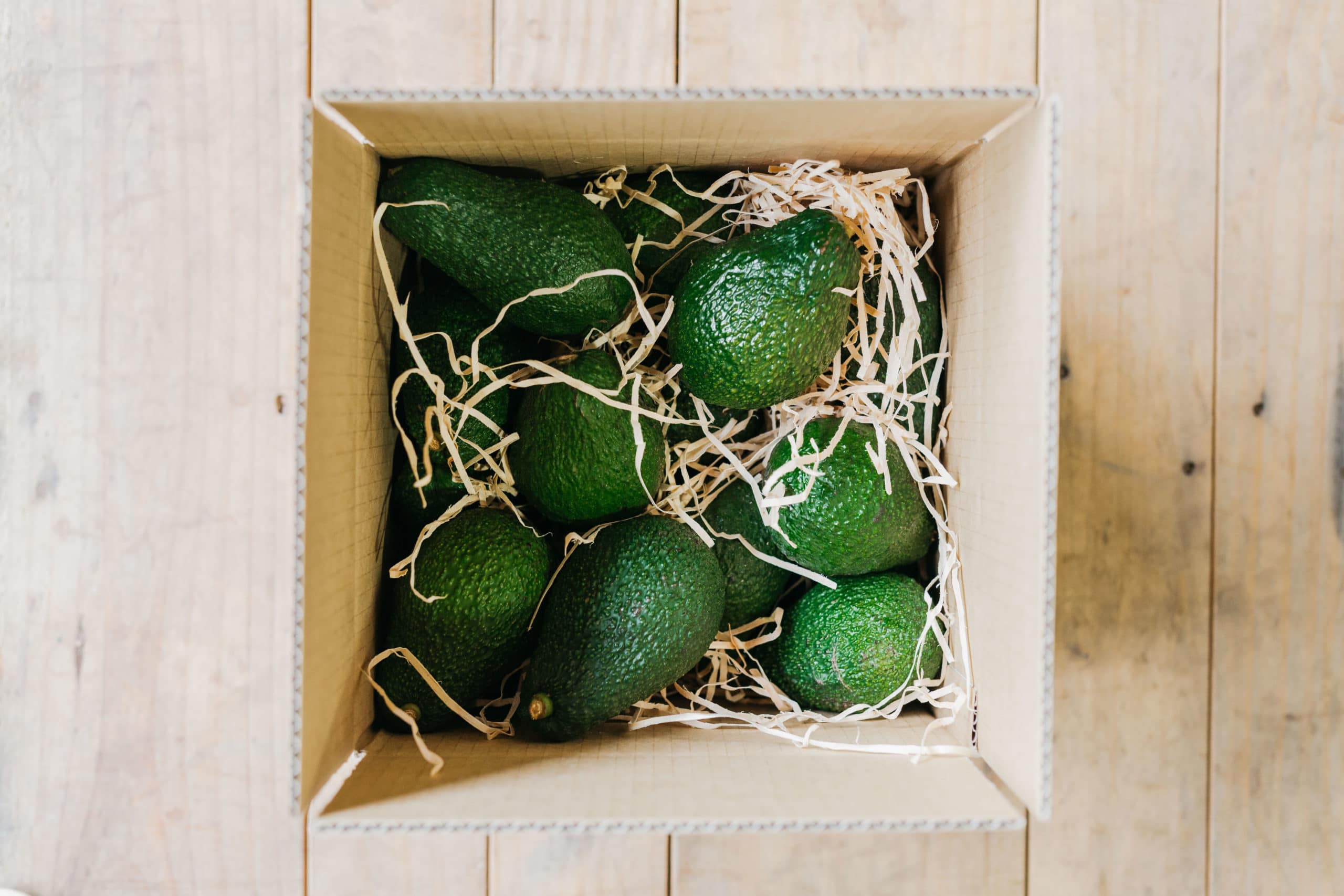
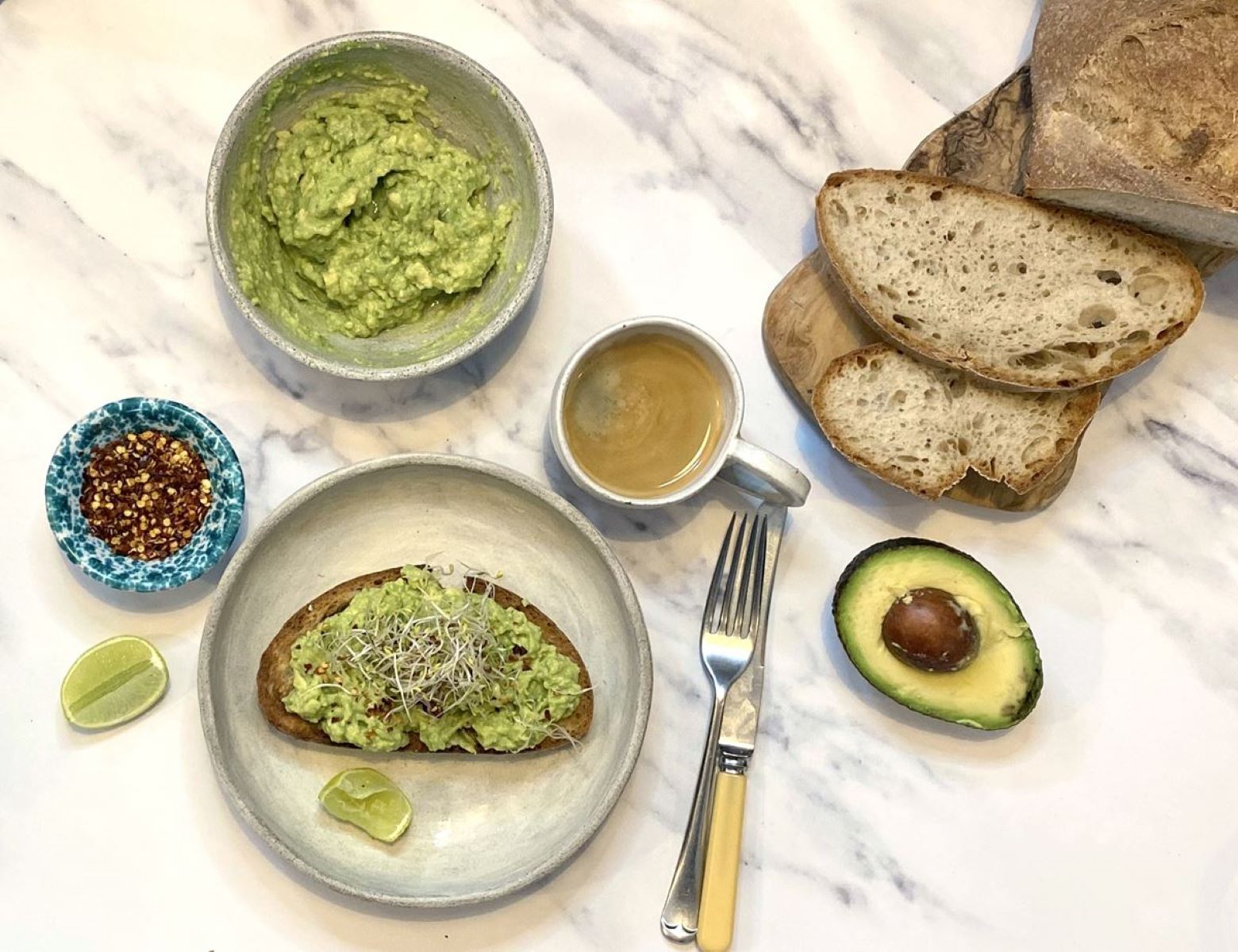
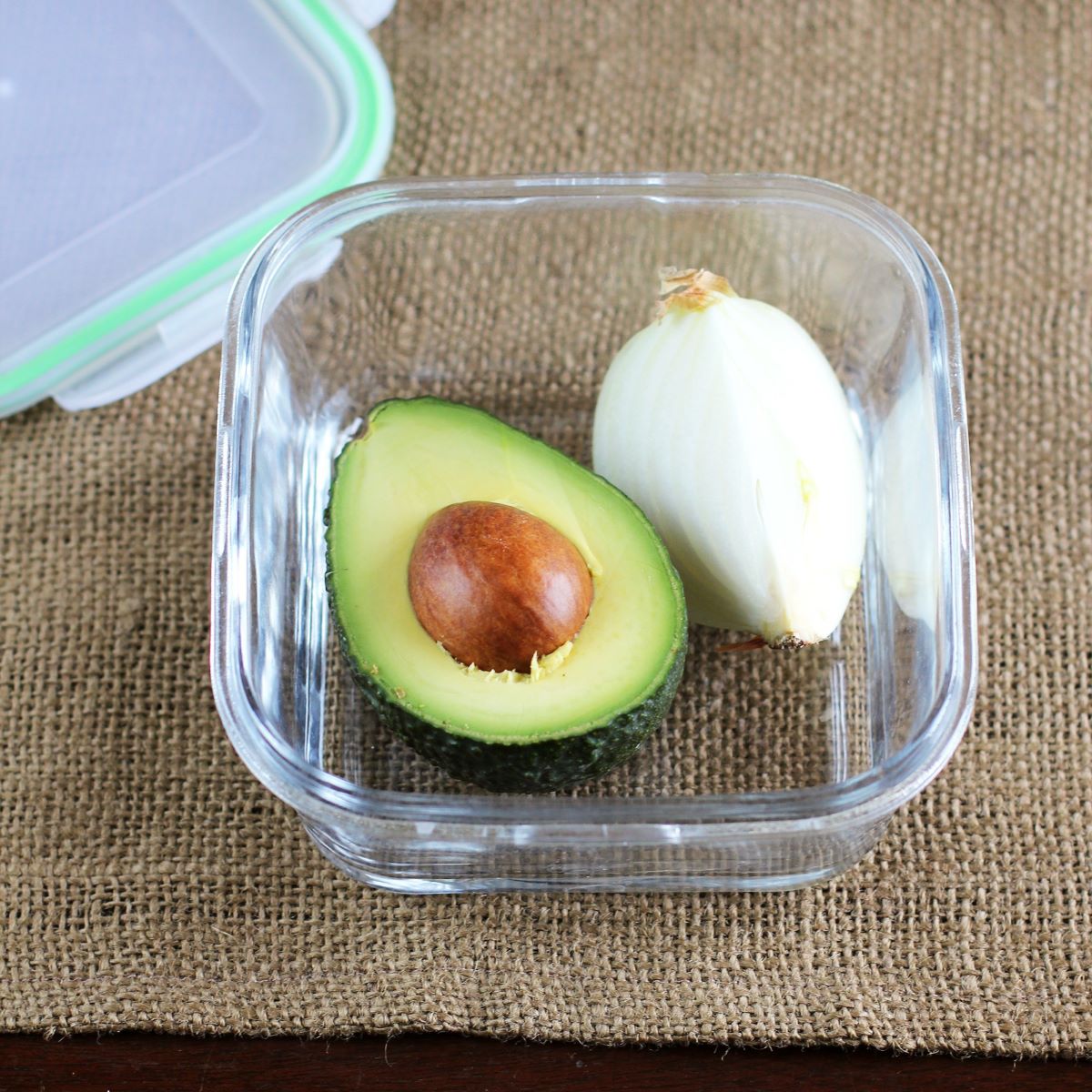
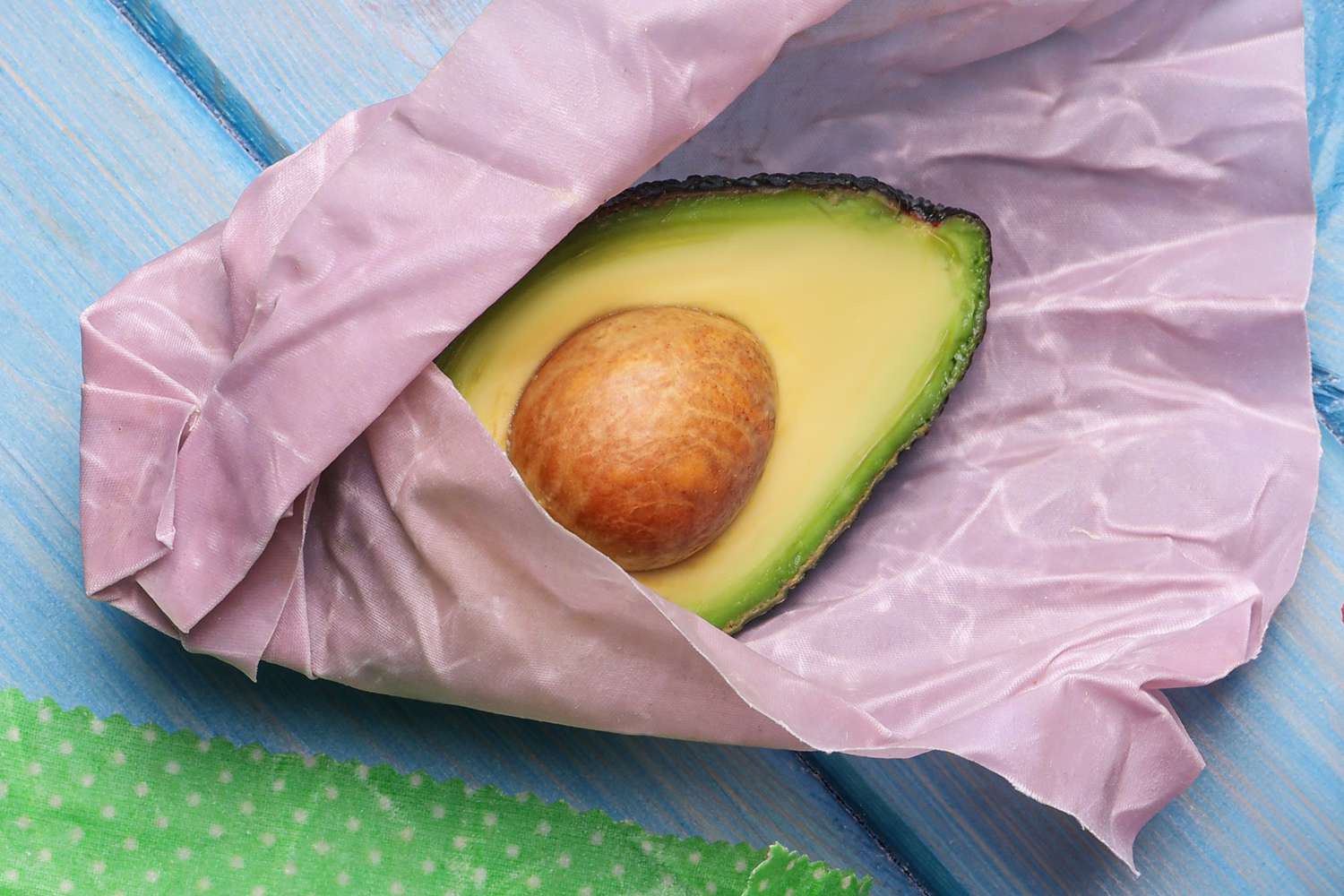
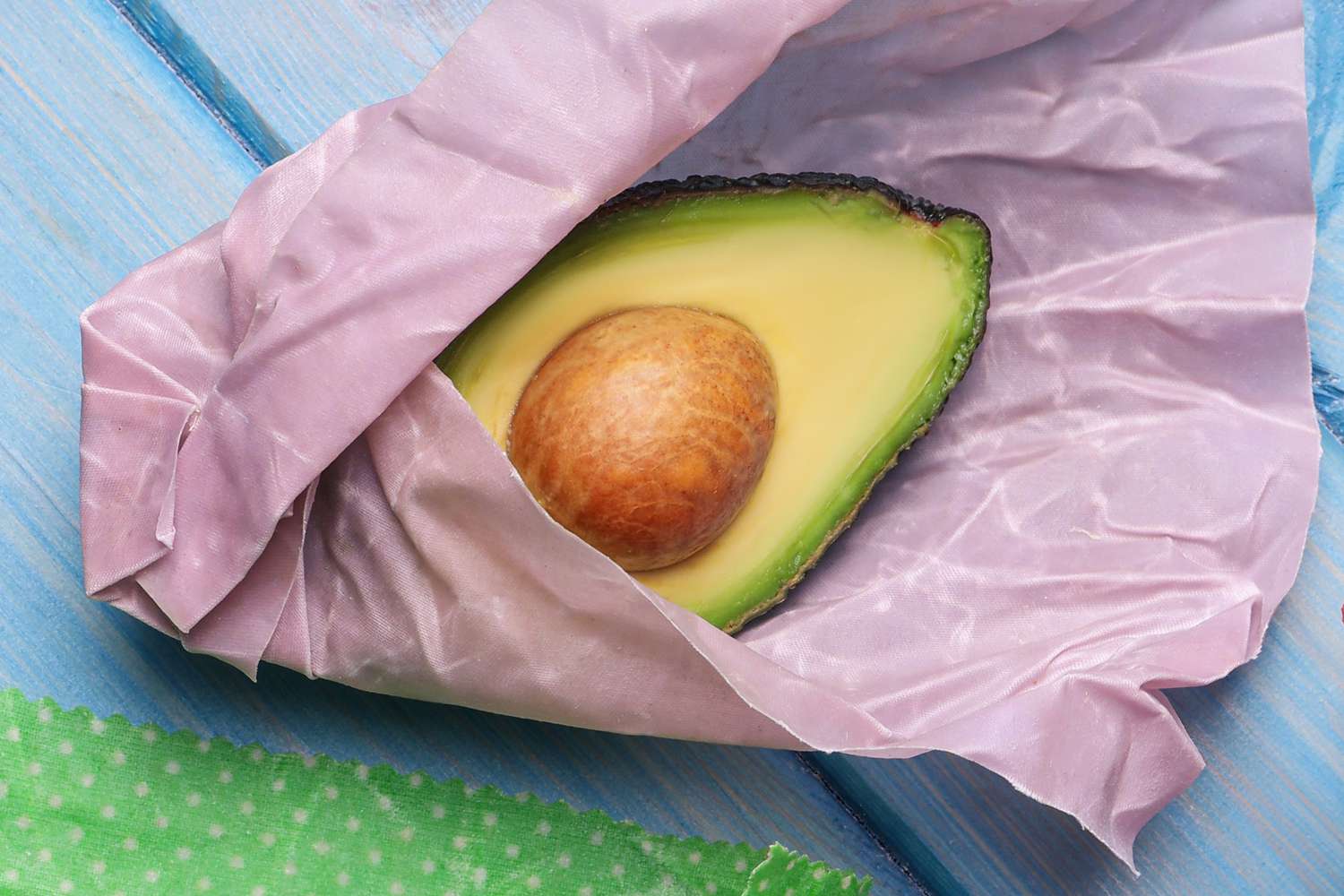
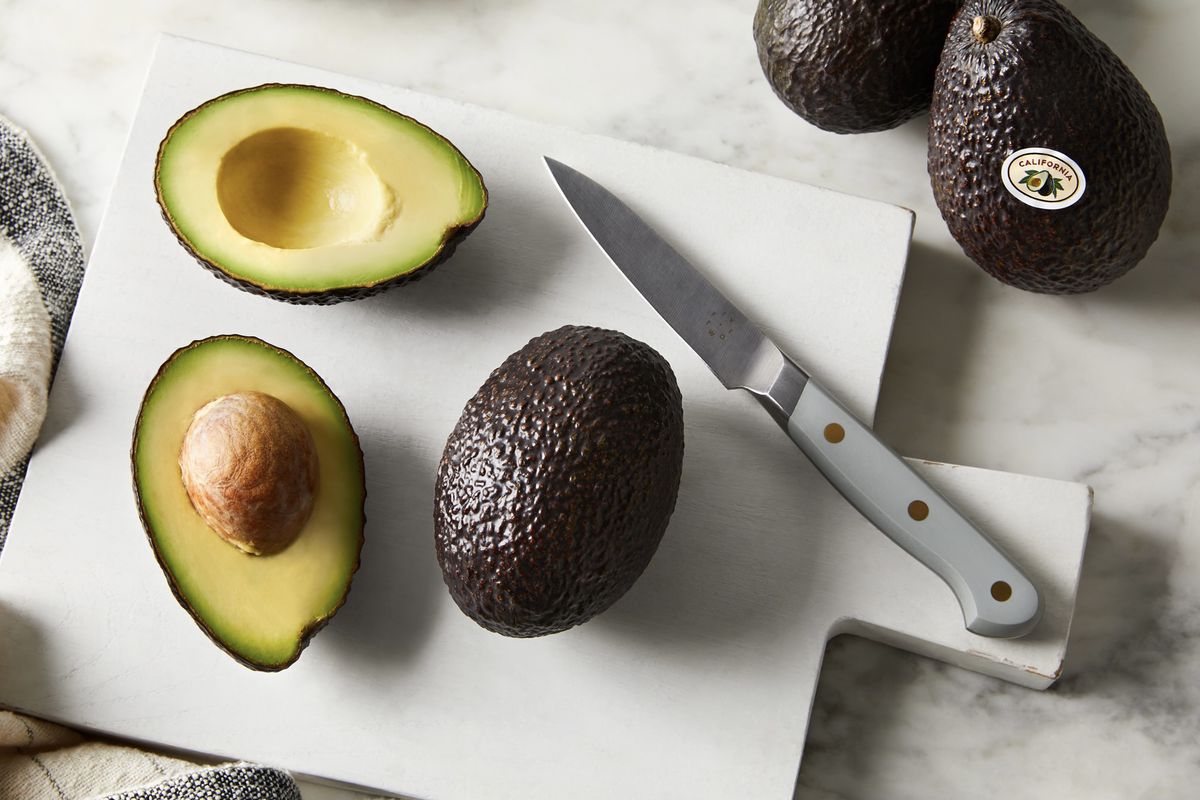
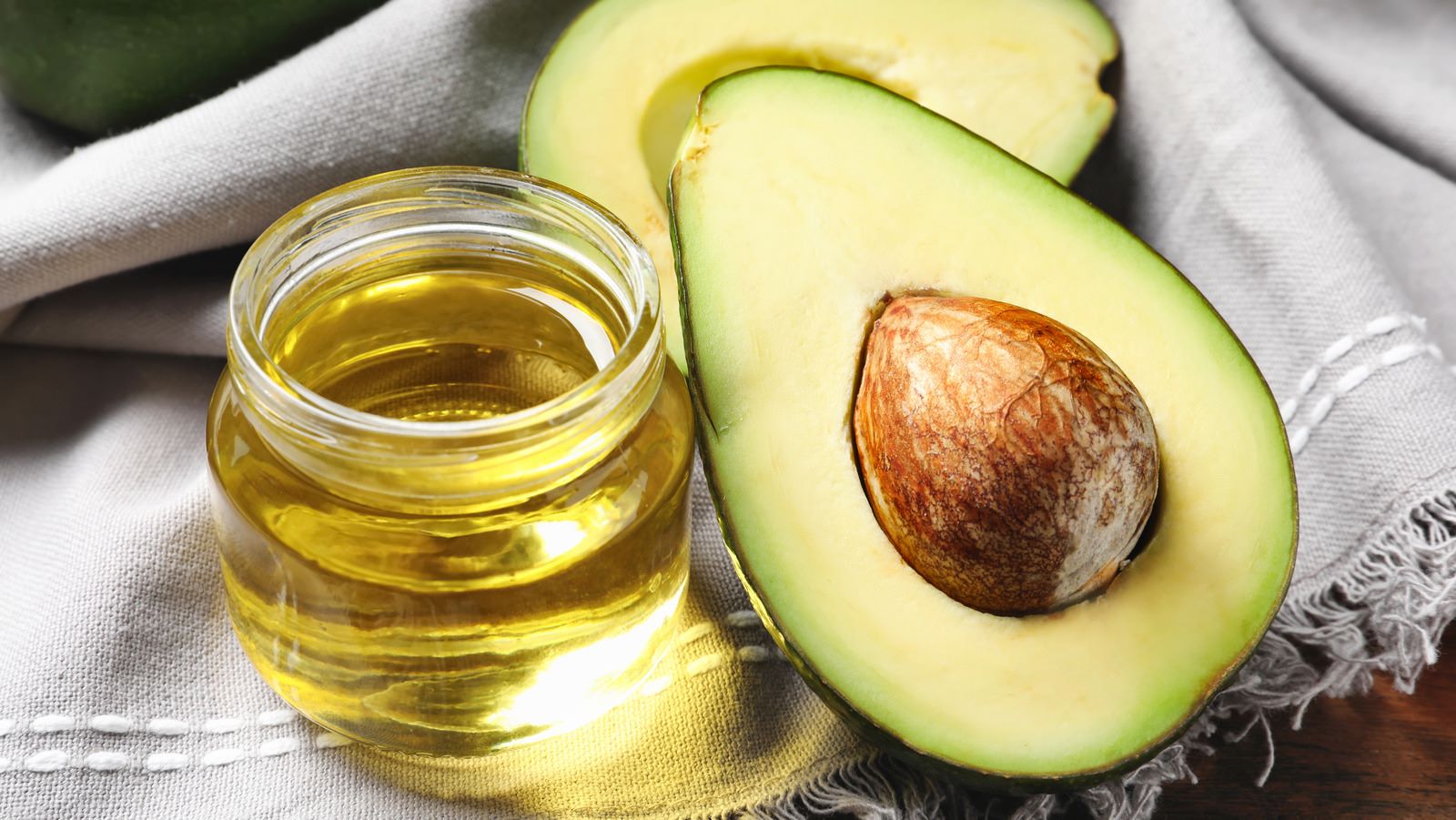
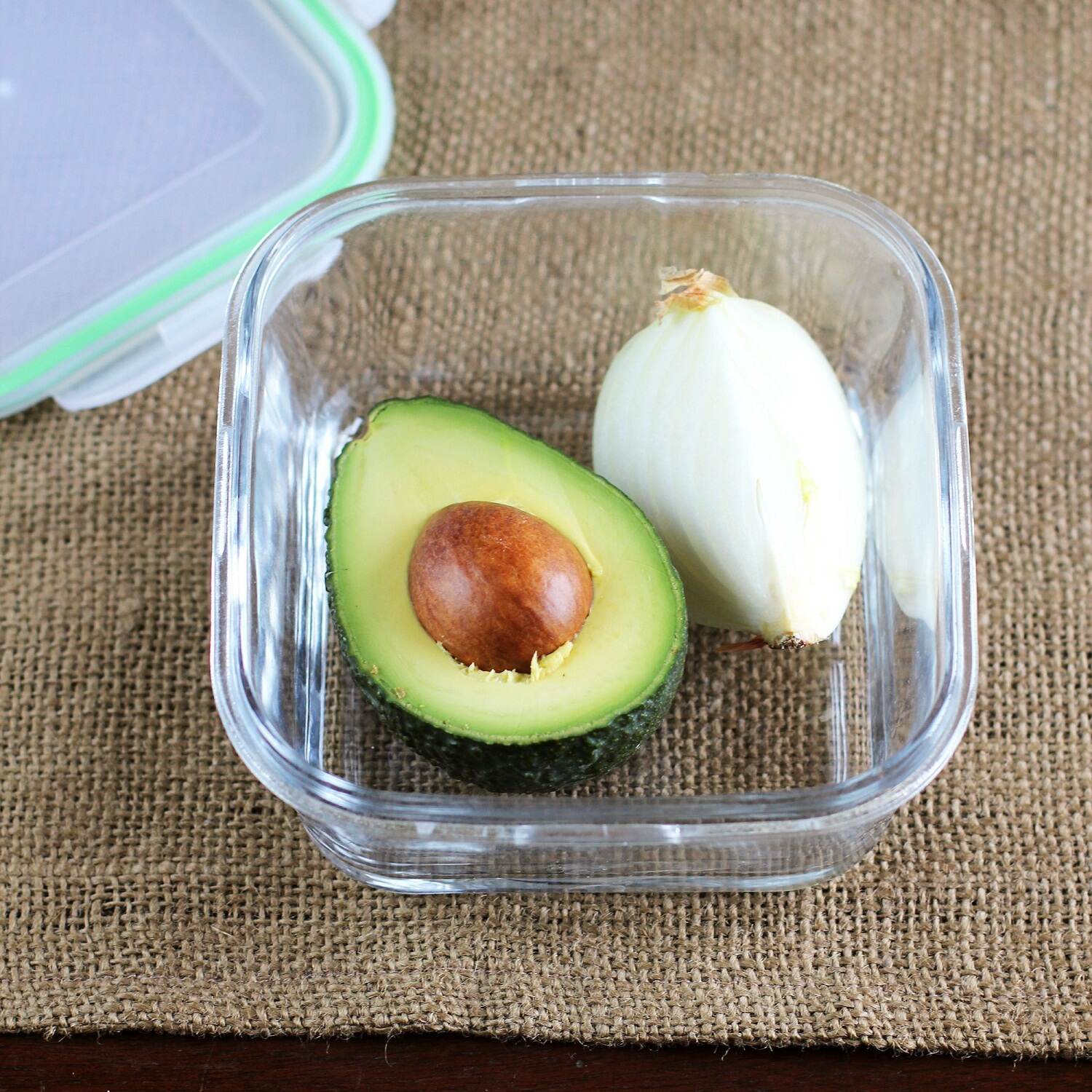
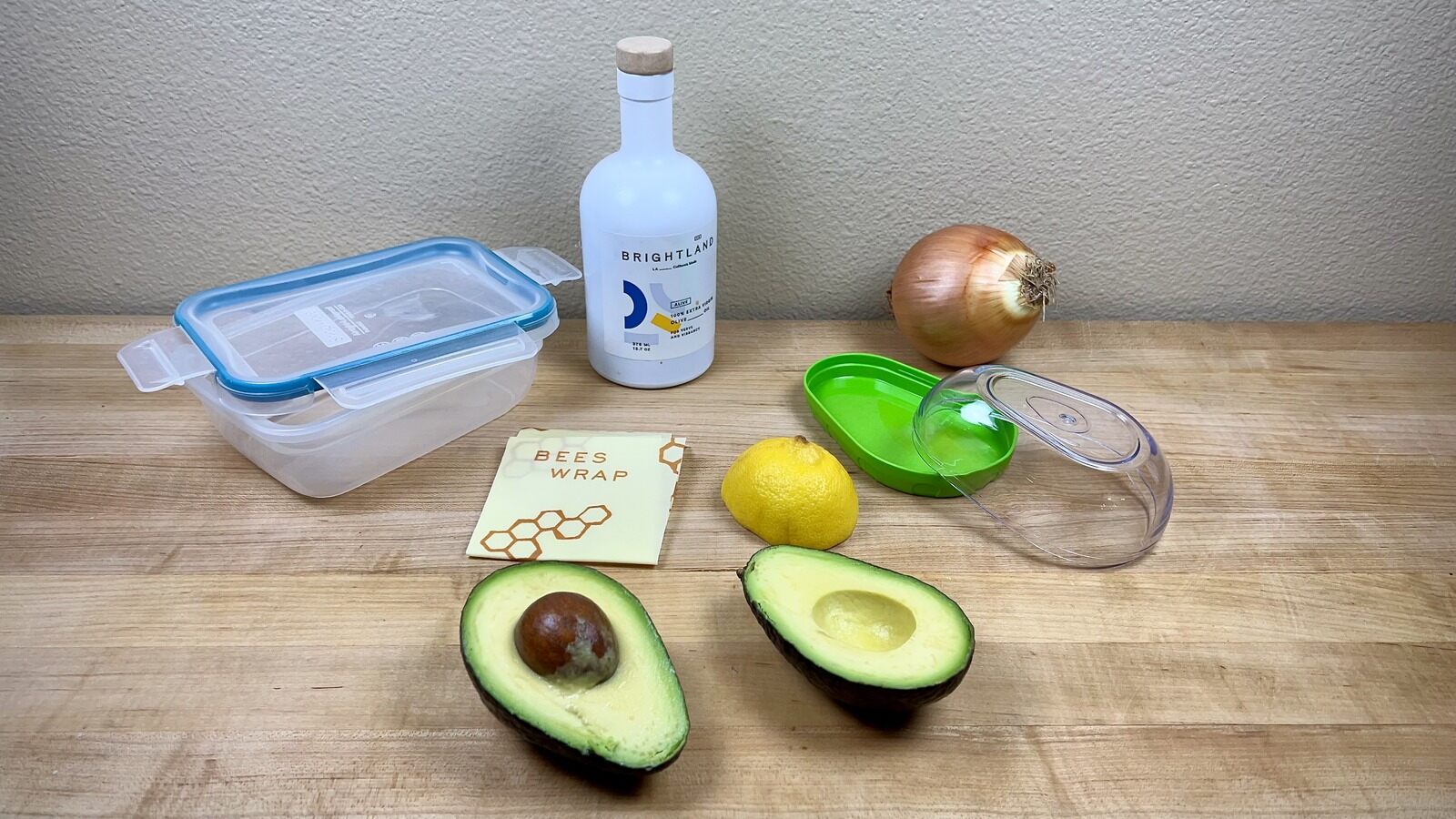
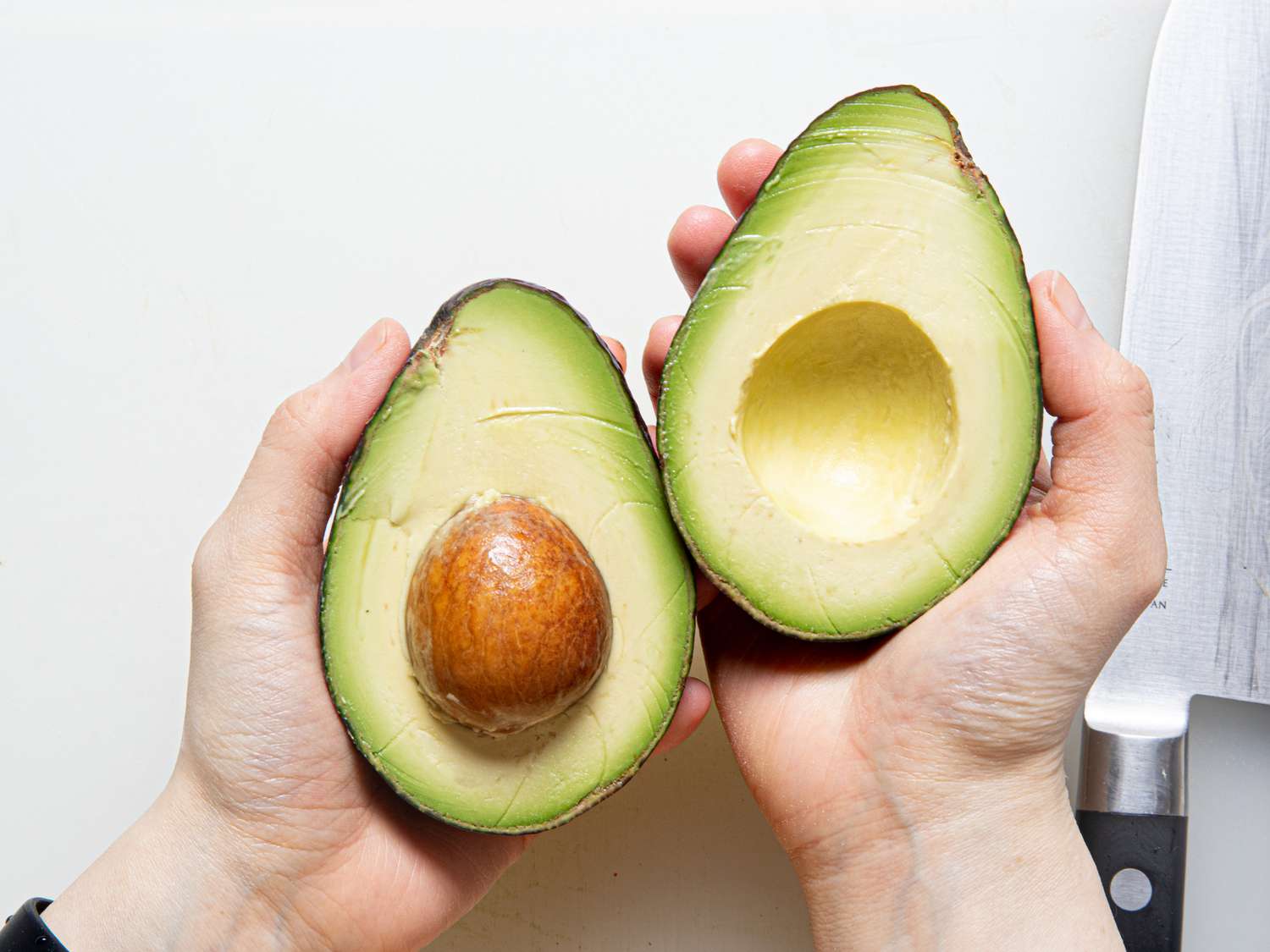
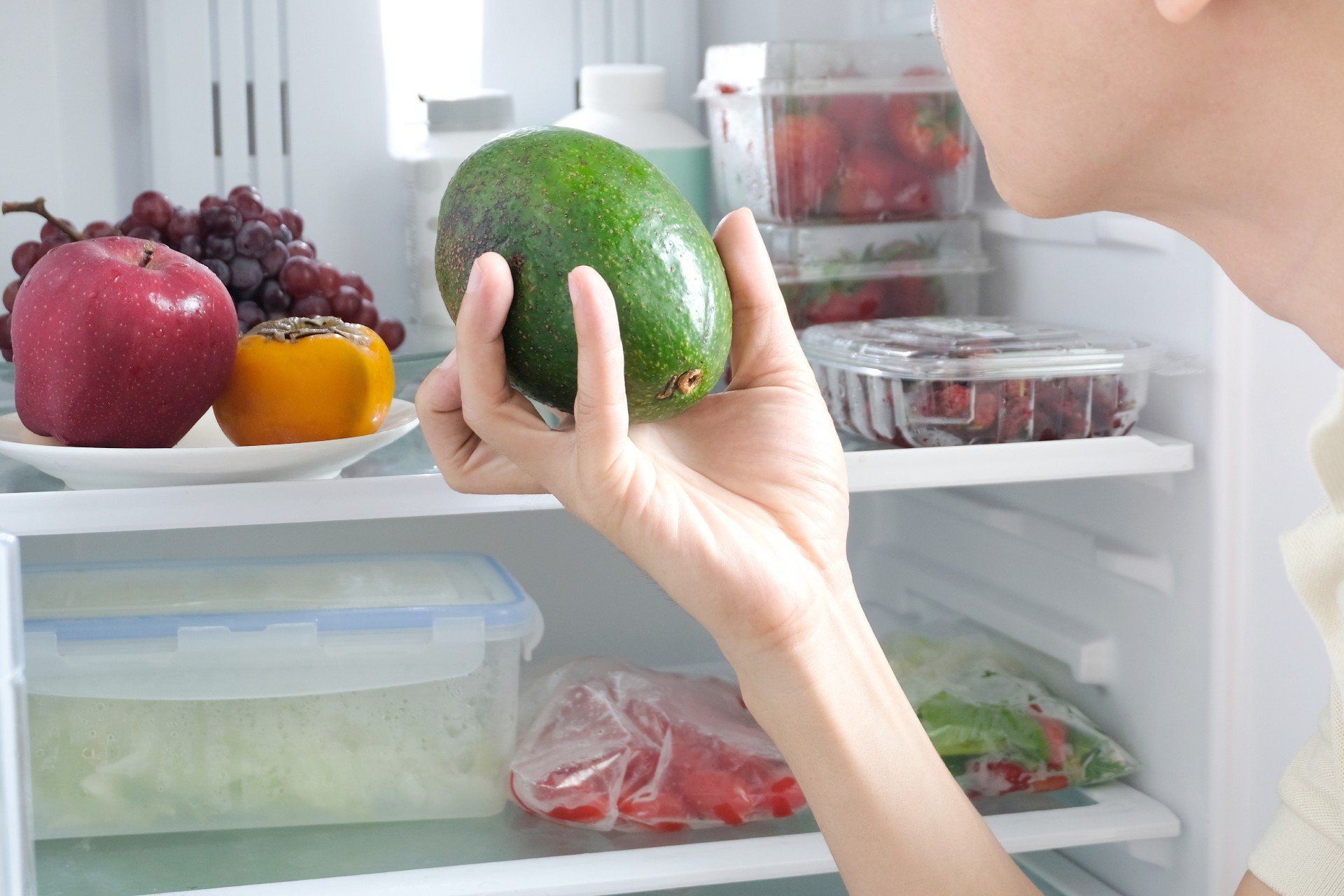

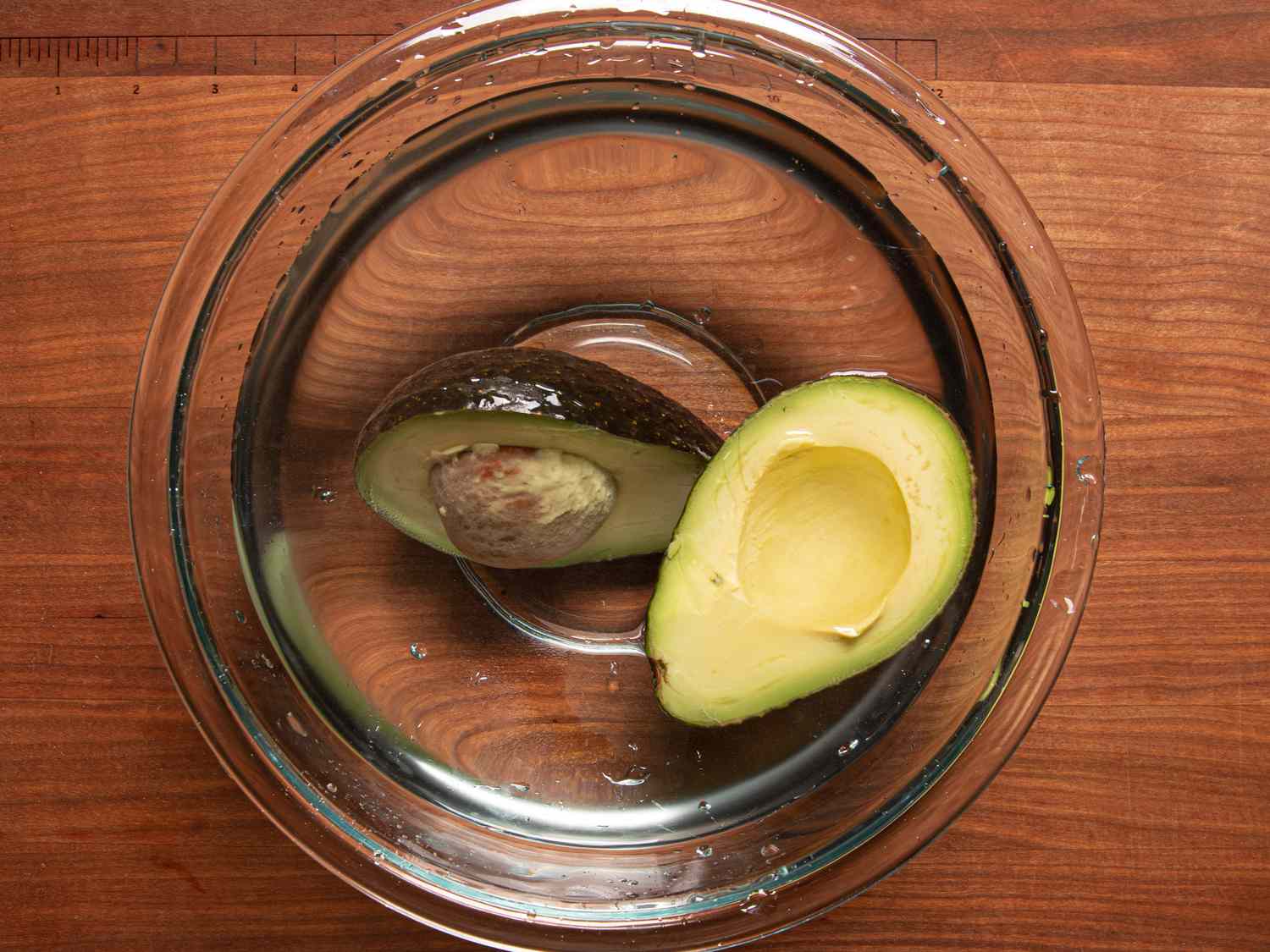
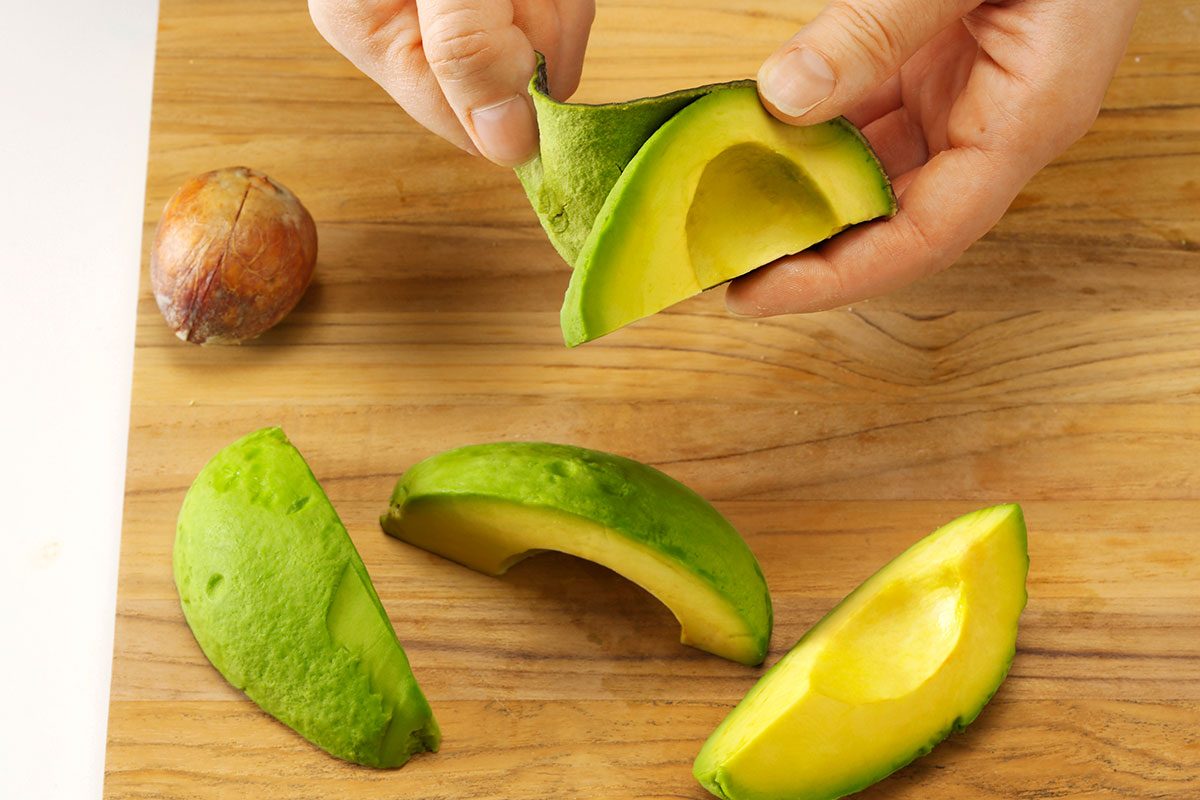

0 thoughts on “How To Store Avocado In Fridge”